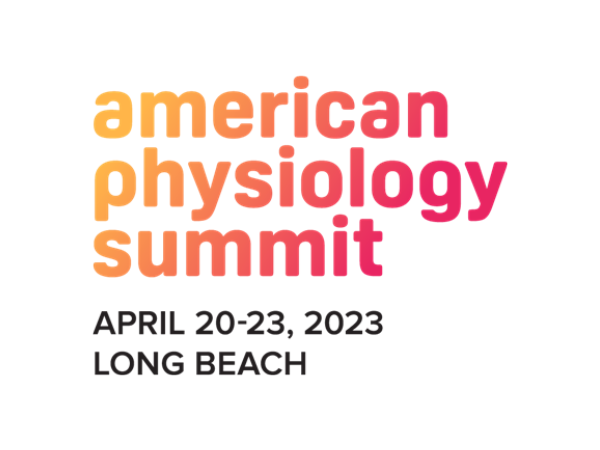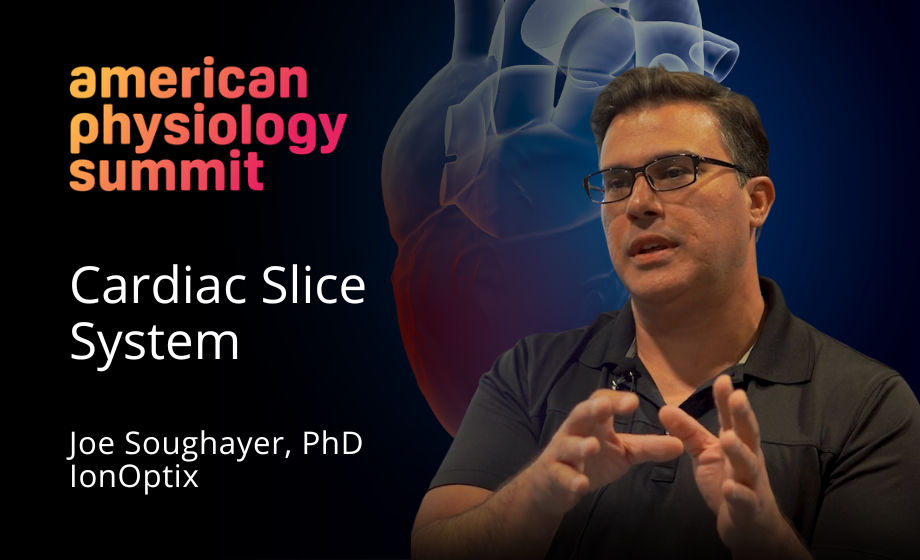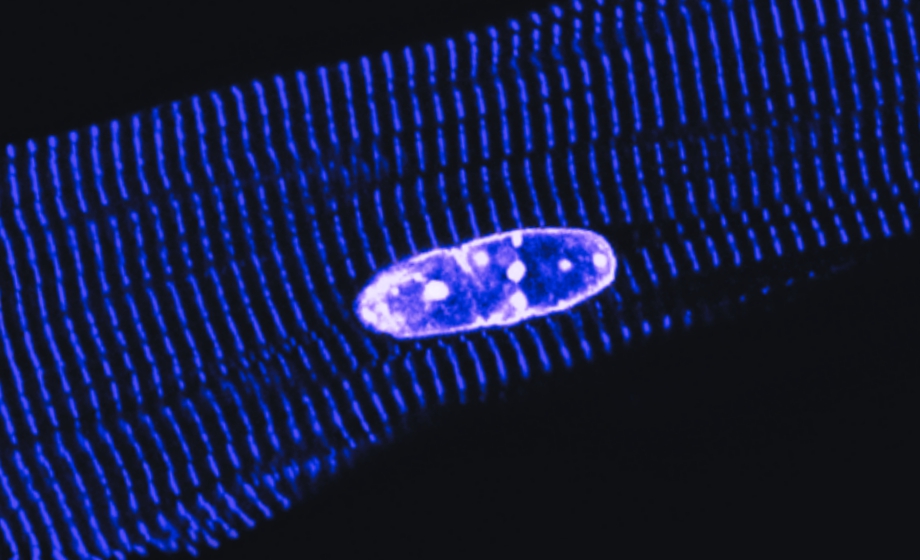IonOptix: Revolutionizing Cardiovascular Research through Customer-Driven Innovation
Interview by Hayleigh Culliton
During the inaugural American Physiological Society Summit hosted in Long Beach, California, I spoke with the Manager of Business Development for IonOptix, Joe Soughayer, PhD. We spoke about their innovative approach, commitment to supporting researchers, and goals of becoming the gold standard in cardiovascular research instruments.
Describe IonOptix to somebody who is unfamiliar with the brand.
IonOptix is a small company focused on research instrumentation in the cardiovascular space. Principally, all of our instruments are data acquisition systems for the purpose of characterizing excitation-contraction coupling in either adult primary ventricular cardiomyocytes, atrial cardiomyocytes, IPSC or induced pluripotent stem cell derived cardiomyocytes, or in whole tissue like papillary muscle trabeculae or, importantly, cardiac slices. IonOptix was founded in 1990 by Doug Tillotson. His wife was a cardiologist and she had inroads into cardiovascular research. So the company started with Doug’s expertise as a neuroscientist and wanting to make fast quantitative calcium measurements in neuron imaging systems. But through Margaret, his wife, they quickly came to realize there’s a niche that had not been filled for doing data acquisition in cardiomyocytes. So, since 1994 our business focus has been on making systems for data acquisition and analysis around cardiovascular preparations.
How does IonOptix approach innovation and being a thought leader in this space?
“Innovation requires understanding of what your customers need to do, and which applications are not being served. We consider ourselves to be a customer-driven company; all of our innovation comes from having strong relationships, and strong bonds with people in academic research.”
Through that we learn what is needed, what is necessary, as well as how to improve the user experience of our systems. So the way that we innovate is to start with asking a biological question that we’ve been asked and that somebody in the academic research space has asked and then building up from there; how do we solve this problem? whose problem is it? What kind of research are they doing? What are they investigating? What is the biological problem and how can we solve that problem for them?
Joe Soughayer, Business Development Manager at IonOptix, discusses the Cardiac Slice System, a complete data acquisition and analysis system for calcium, force, and mechanical work in cardiac slices that is enabling groundbreaking strides in physiological research. WATCH NOW
What would you say is the main reason IonOptix has been competitive within this space for so long?
Following the previous comments on being customer driven, we try very hard to listen to our customers and we make products that are focused on their applications. In other words, we do all of our product development starting from the specific biological questions that they’re asking. And this approach is what allows us to build strong relationships with our customers while simultaneously increasing our own expertise in those applications. So from that not only do we understand what their questions are, but we can better support our new customers and our goals are consistent with their goals. We only succeed when we know that they are successful.
What excites you about the pre clinical research space, primarily cardiovascular research, right now?
So cardiovascular research is one of the most important frontiers of medicine. Cardiovascular disease, in the western world, is one of the most significant health challenges and our customers are the researchers that are solving those issues. How do we create better treatments for better care in a very significant, essentially a, health crisis.
One of the most important challenges is translating from bench models to clinical care. And one of the biggest hurdles has been the model systems we use; rat and mouse doesn’t always translate well to human physiology. The Cardiac Slice System fills an important niche within that space. Isolating cardiomyocytes from human tissue is very difficult and they tend to be unreliable as a model system. But cardiac slices prepared from human tissue are very robust. What that means is that if you have a perturbation, some kind of compound or drug treatment that you are looking to test rather than test in rat or mouse, rather than testing IPSC derived cardiomyocytes, you can test in primary human tissue, if you are fortunate enough to have that tissue available to you; it is a reliable model system that gives you very high content data. And that allows you to interrogate what that compound does, not just in the bench setting, but how it might translate to the clinical setting.
Where’s the company going? Five to ten years…where do you see IonOptix?
So as IonOptix has grown over the years, we’ve remained focused on cardiovascular and we will continue to do so, but we’ve expanded our operations not just in the US, but also in Europe. Looking at more and more ways to integrate experimental design into our data workflow. Starting with the very basics of how are you going to envision what you’re doing and being able to catalog that, through pipeline data acquisition, through data analysis. Our latest analysis software includes a module for real time plots, this is still in beta, showing differences between control groups and test groups of different conditions. And that allows you to see how your data is changing, how your compound or how your perturbation affects things in real time. The goal of the company is to increasingly innovate on the integration side through opportunities in software development, as well as better sensors for detection. Right now, what we do for our MultiCell System is we work sequentially from one cell to another. And that was necessary to do in order to preserve the high content quality of the data. In the future, we want to image the fluorescence so that we can simultaneously measure from multiple cells within the field and that will increase our throughput by another order of magnitude. So that’s another, that’s a relatively short term goal. Long term goal is to be the gold standard for cardiovascular research instruments. When people are looking at ways of characterizing cardiovascular function, whether it be in isolated myocytes or in tissue, that we are the name that’s most synonymous with that.
In this webinar, Joe Soughayer, PhD, provides an overview of excitation-contraction coupling in cardiomyocytes, while Adam Veteto, PhD, highlights three case studies in which IonOptix systems were applied for calcium and contractility measurements. WATCH ON DEMAND
Learn more about IonOptix
As a company of scientists, IonOptix is committed to supporting preclinical researchers around the world on their quest to better understand cellular and tissue mechanics, cardiovascular function and related disease. We specialize in precision life science instrumentation optimized for studying isolated cardiomyocytes, muscle tissue, blood vessels and tissue culture.
About the Author

Hayleigh Culliton is an accomplished scientific marketer with a background in Biology and Nursing. She obtained her Bachelor’s degree from Trent University, where she developed a strong passion for science communication. With 6 years of experience in scientific marketing, she has helped companies in the life sciences industry develop and execute effective marketing strategies and #ShareScience.




